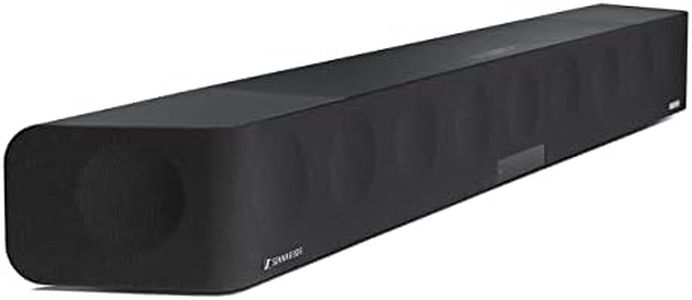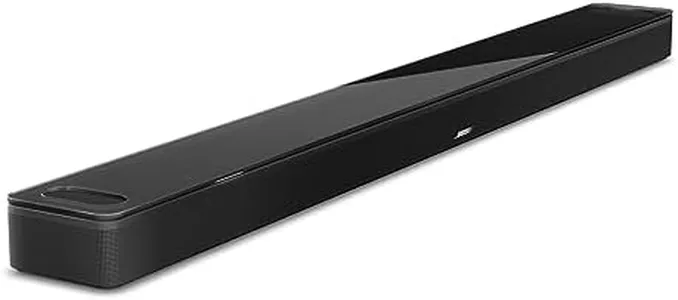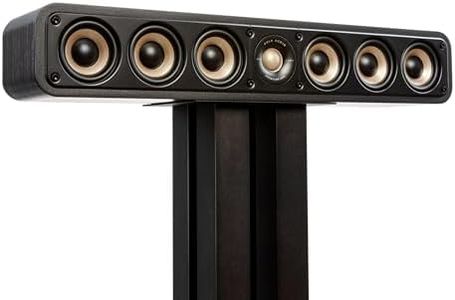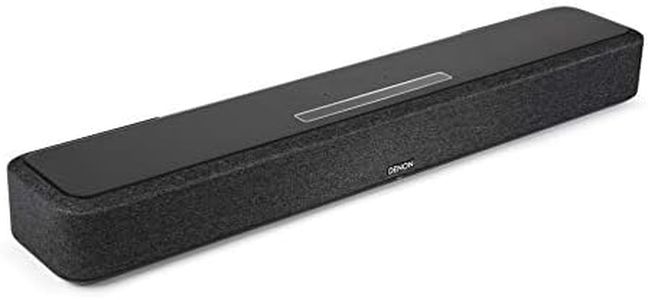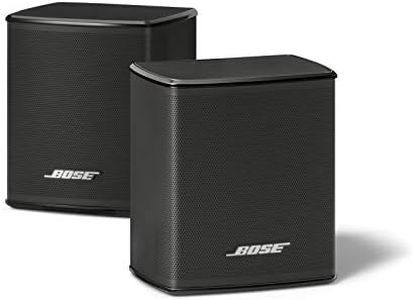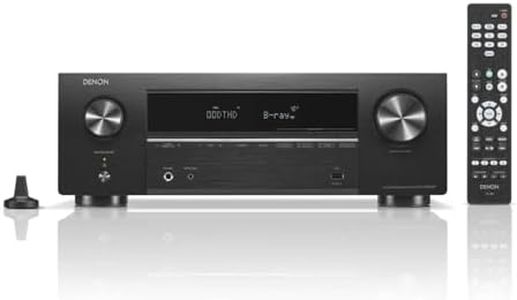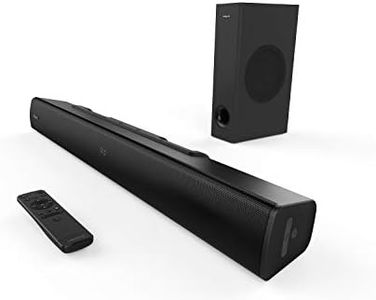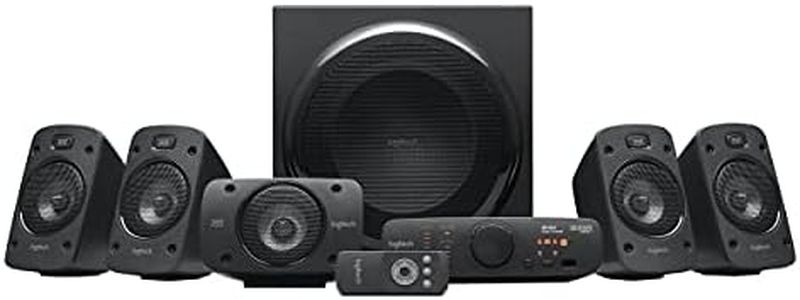We Use CookiesWe use cookies to enhance the security, performance,
functionality and for analytical and promotional activities. By continuing to browse this site you
are agreeing to our privacy policy
10 Best TV Sound Systems
From leading brands and best sellers available on the web.By clicking on a link to a third party's website, log data is shared with that third party.
Buying Guide for the Best TV Sound Systems
Choosing the right TV sound system can really enhance your home entertainment experience, making movies, music, and games more immersive. The best approach is to consider your room size, usual listening habits, and the type of content you most enjoy. Think about whether you want a simple setup that’s easy to install, or a more advanced system with multiple speakers and extra features. By understanding the main specifications, you can match your needs with the sound system that best fits your environment and preferences.Speaker ChannelsSpeaker channels refer to the number of separate audio sources a sound system can deliver, usually written as numbers like 2.0, 2.1, 5.1, or 7.1. The first number is the number of main speakers, and the second, if present, shows the number of subwoofers. More channels generally provide a more immersive, surround sound experience. For smaller rooms or for those seeking simplicity, a 2.0 or 2.1 system is often enough, providing clear stereo sound with or without added bass. A 5.1 or higher setup is ideal for larger rooms or for home theater enthusiasts who want true surround sound for movies and games. Your choice should depend on your room layout and the level of audio immersion you prefer.
Power Output (Wattage)Power output, measured in watts, indicates how loud and dynamic your sound system can get. Higher wattage means more potential volume and better clarity at higher levels, but too much power in a small space can be overwhelming. Lower wattage systems work well for bedrooms or small living rooms, while medium to high wattage fits larger spaces. Focus on finding a system with enough power to fill your room comfortably, without distortion at the volume level you enjoy listening at.
Connectivity OptionsConnectivity options determine how you link your sound system to your TV and other devices. Common types include HDMI ARC, optical, Bluetooth, Wi-Fi, or standard audio cables. HDMI ARC provides easy control with compatible TVs and high-quality audio, while optical connections are reliable and common. Bluetooth and Wi-Fi offer wireless streaming from phones and tablets. Choose based on the devices you use and the convenience you need—if you want seamless integration and fewer cables, prioritize HDMI ARC or wireless features.
Sound Processing FeaturesSound processing features are special functions that enhance your listening experience, such as Dolby Atmos, DTS:X, virtual surround, or built-in equalizers. Advanced processing can make audio more immersive or tailored to your space. Some features help with speech clarity or night listening. If you watch a lot of movies or play games, consider systems with advanced surround processing. For music and casual TV, basic features often suffice. Your typical use should guide which enhancements are most worthwhile.
Size and DesignThe size and design of a sound system affect both the fit with your room and how easily it blends with your décor. Compact soundbars are ideal for smaller spaces or if you prefer a minimalist look, while larger multi-speaker systems may require more planning and room. Wall-mountable options can save space, and some designs hide wires better than others. Think about your furniture layout, available space around your TV, and how much you want the system to stand out or disappear into the background.
Subwoofer TypeA subwoofer is a speaker designed for deep bass sounds, making action scenes and music more powerful. Some systems have a built-in subwoofer, while others feature an external unit—sometimes wireless. External subwoofers generally provide better bass and more flexibility in positioning. If you like feeling rumbling effects or listen to bass-heavy music, look for a system with a quality subwoofer. If you have limited space or prioritize simplicity, a built-in or compact subwoofer might be enough.
